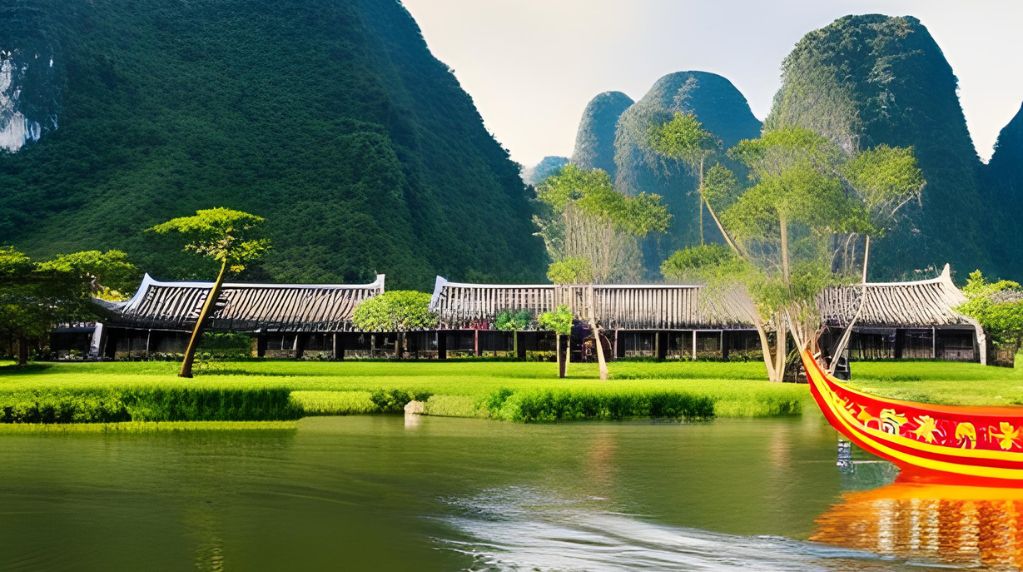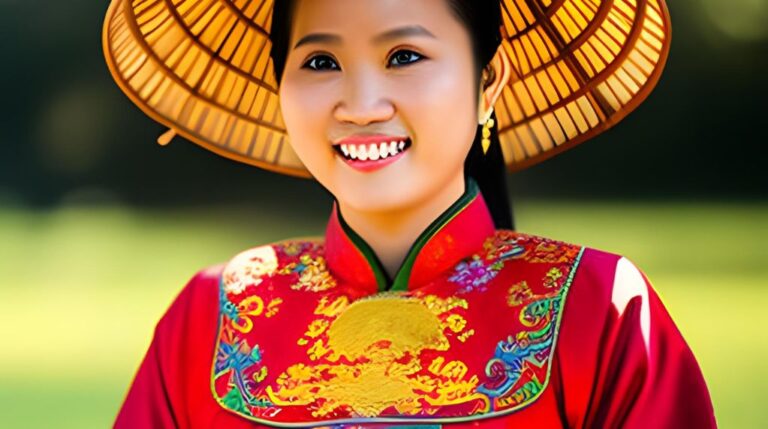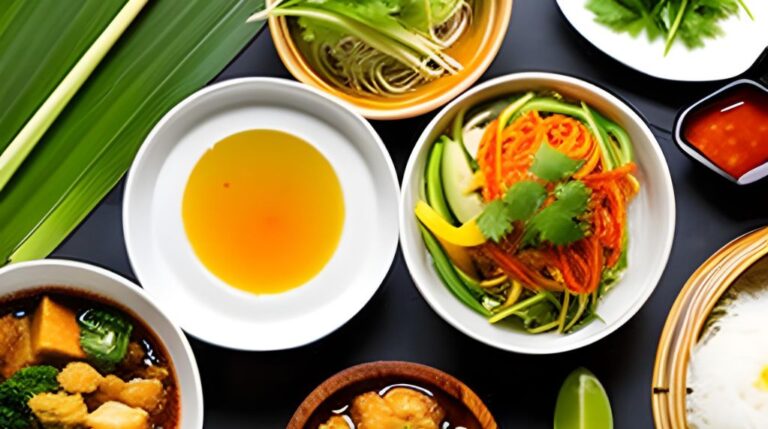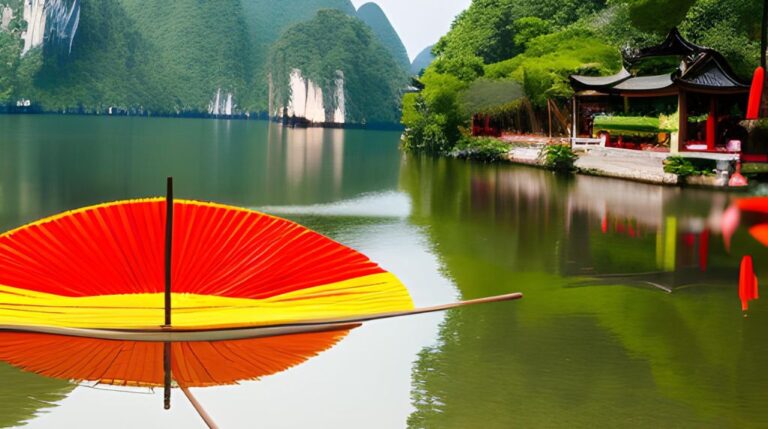Introduction
Vietnam, a country known for its breathtaking landscapes and vibrant cities, also boasts a rich cultural heritage that is deeply rooted in its history. The Vietnamese culture is a tapestry of ancient customs, beliefs, art, and traditions that have withstood the test of time. In this article, we will delve into the essence of Vietnamese culture, exploring its traditional values, arts, cuisine, festivals, and more.
The Essence of Vietnamese Identity
The Spirit of Resilience and Unity
Vietnamese culture is shaped by its history of overcoming challenges and struggles. The indomitable spirit of the Vietnamese people and their strong sense of unity have been key to preserving their cultural identity through turbulent times.
The Importance of Family and Ancestral Worship
Family plays a central role in Vietnamese culture. Ancestral worship is a deeply ingrained tradition, where respect and gratitude are shown to ancestors, ensuring their blessings and protection for future generations.
The Influence of Confucianism and Buddhism
Confucianism and Buddhism have significantly impacted Vietnamese culture, shaping moral values, social order, and religious practices. These philosophies have inspired art, architecture, and educational systems.
The Beauty of Vietnamese Arts
Traditional Vietnamese Music and Dance
Traditional music and dance reflect the soul of Vietnam. The enchanting melodies of traditional instruments like the dan bau and the vibrant movements of dances like the ao dai dance captivate audiences worldwide.
Vietnamese Folk Art: Water Puppetry
Water puppetry is a unique Vietnamese art form that originated in the Red River Delta. Puppeteers bring wooden puppets to life on water stages, telling stories of folklore and history.
Vietnamese Cuisine: A Gastronomic Adventure
The Art of Vietnamese Cooking
Vietnamese cuisine is celebrated for its delicate balance of flavors and fresh ingredients. From the famous pho to the delectable banh mi, Vietnamese dishes offer a delightful gastronomic experience.
The Role of Food in Vietnamese Culture
Food holds a special place in Vietnamese culture, symbolizing unity and connection. Sharing a meal is not merely about sustenance but also a way to strengthen bonds and show hospitality.
Colorful Festivals and Traditions
Tet: The Lunar New Year
Tet, the Vietnamese Lunar New Year, is the most important and widely celebrated festival. Families gather to honor ancestors, enjoy special dishes, and wish for a prosperous year ahead.
Mid-Autumn Festival
The Mid-Autumn Festival is a joyous occasion where families come together to appreciate the full moon, enjoy mooncakes, and partake in colorful lantern parades.
Vietnamese Handicrafts: A Legacy of Artistry
Lacquerware
Vietnamese lacquerware is renowned for its exquisite beauty and craftsmanship. Artisans create stunning lacquered pieces that showcase intricate designs and vibrant colors.
Silk Weaving and Embroidery
Silk weaving and embroidery have a long history in Vietnam, with artisans skillfully producing intricate patterns and designs on silk fabric, making it a cherished art form.
Conclusion
Vietnamese culture is an enchanting blend of traditions, art, cuisine, and festivals that offer a window into the soul of this beautiful nation. From its resilient spirit to its cherished family values, Vietnam’s cultural heritage remains a source of pride and fascination. Embracing its past while embracing the future, Vietnamese culture continues to thrive, enchanting the world with its timeless charm.
FAQs
What is the significance of the Mid-Autumn Festival in Vietnam?
The Mid-Autumn Festival is a time of family reunion and gratitude, celebrated with mooncakes and colorful lantern parades.
What are the traditional Vietnamese musical instruments?
Traditional Vietnamese musical instruments include the dan bau (monochord zither), the dan tranh (16-string zither), and the t’rung (bamboo xylophone).
What makes Vietnamese silk weaving unique?
Vietnamese silk weaving is distinguished by its intricate patterns and vibrant colors, representing a blend of artistry and craftsmanship.
What is the role of water puppetry in Vietnamese culture?
Water puppetry is an ancient art form that showcases traditional stories and folklore, serving as a form of entertainment and cultural expression.
How does Vietnamese cuisine reflect the country’s cultural diversity?
Vietnamese cuisine incorporates a diverse range of flavors and ingredients, reflecting the cultural influences and regional variations within the country.




